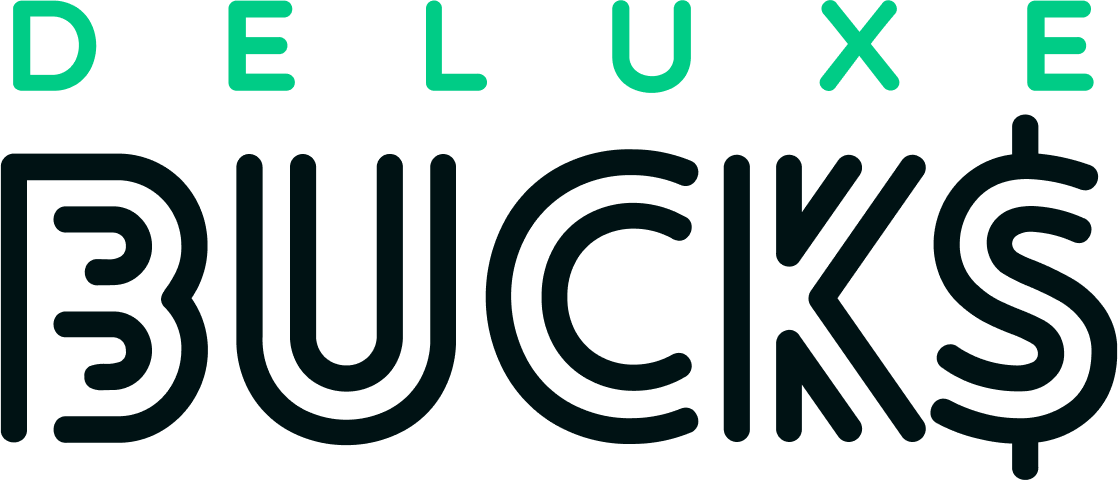Every morning, as the sun lights up the skyline, it reveals our neighborhoods filled with homes. But there’s a story many don’t see. It’s about people moving from uncertain housing situations to the comfort of an affordable home. Thanks to federal housing programs, many Americans have overcome the challenge of finding a place to live. These programs are a beacon of hope. They’ve helped elderly couples and single parents alike, giving their stories a happy turn.
About 970,000 families found home in public housing, guided by over 3,300 Housing Agencies (HAs)1. These HAs make sure help reaches those who struggle the most with finding a place to live1. They use the median income in a region as a guide to help2. With regular checks on income and living conditions, this support is a crucial help for many.
Having a housing voucher can change a family’s life. It means they only pay part of their income—often 30%—for rent and utilities2. This setup keeps them from spending too much on housing2. With right guidance, finding good housing isn’t just a dream. It’s something they can really achieve.
Key Takeaways
- Explore the scope and significance of federal housing aid and how it empowers around 970,000 American families1.
- Understand the eligibility criteria set by HUD and how it fosters equitable access to housing assistance programs2.
- Discover how PHA’s selection preferences prioritize the most vulnerable populations in need of government housing support1.
- Learn the financial formula that HAs apply to ensure residents of public housing pay rent that’s aligned with their income1.
- Grasp the benefits of housing vouchers, including the freedom to pick suitable housing and financial safeguards2.
Understanding Federal Housing Aid and Voucher Programs
Federal housing aid offers low-income housing assistance to those in need. It’s key to know how these programs work. This knowledge helps in getting the benefits they offer.
Eligibility and Application: Navigating Your Way to Assistance
Income level, family size, and local median income affect your eligibility for housing aid. For example, the Housing Choice Voucher program aids those earning less than 50% of the local median income3. To apply for public housing assistance, contact local Public Housing Agencies. You’ll need to provide detailed information about your income, family, and citizenship or immigration status4.
The Housing Choice Voucher System: How It Works for You
This rental assistance program lets recipients choose their housing, ensuring it meets HUD’s standards. Getting a voucher is one step. The chosen rental must be inspected and approved, and lease terms agreed upon with landlords. Over 5 million people nationwide benefit from this program5.
Local Public Housing Agencies: The Foundation of Housing Assistance
PHAs are crucial in offering housing subsidies, tailoring services to local needs. They hand out vouchers and run public housing for those who qualify. About $8 billion goes to public housing nationally, highlighting its key role3.
Programs like HUD-VASH target veterans, while others help families with child welfare needs or individuals with disabilities. These efforts ensure diverse needs are met in the community45.
Knowing about these programs can greatly affect your chances of getting help. Applying for a housing choice voucher or other aid means being informed. This approach makes the application smoother and raises your likelihood of success.
Navigating Public Housing and Rental Assistance
Public housing assistance and rental programs might feel overwhelming at first. Yet, knowing what’s available in federal housing aid can make it simpler. These government assistance programs are key in aiding people and keeping communities stable.
The HUD Public Housing Program offers affordable housing options to many. It’s vital for low-income families, elderly, and disabled individuals. Administered by Local Housing Authorities with federal support, these homes provide necessary aid6.

Rental fees in public housing are made affordable. Renters pay 30% of their income for rent and utilities. Federal funds cover the rest, ensuring affordability for those under financial pressure6.
There’s also short-term help like emergency rental assistance. This was part of COVID-19 aid, with over $46.55 billion set aside in 2020 and 2021. It helps low-income tenants with rent during the pandemic7.
If you need more info or help, many hotlines are there for you. They offer advice on handling these challenging situations. The Housing Choice Voucher complaint line and counseling hotlines are key for support8.
There are many ways to find stable housing, from public housing assistance to emergency federal aid. Being informed and taking action can help you through housing assistance challenges. You’ll feel more confident and effective in your journey.
Comparing Tenant-Based Rental Assistance vs. Project-Based Support
Looking into housing grants and federal aid, it’s key to understand tenant-based versus project-based rental help. These supports help low-income families in different ways. It’s crucial to know how to best use federal funds to aid your community.
Budget Allocations and Federal Priorities in Housing
Tenant-based rental help uses most of the federal budget for rental aid. It gives vouchers to families, letting them pay just 30% of their income on rent9. Project-based help offers stable support tied to the house, limiting tenant choices. Yet, new rules let Public Housing Authorities boost support for special needs, like housing for veterans9. Making smart budget choices is vital to improve living conditions for those in need.
Eligibility Criteria: Ensuring Support Reaches the Right Households
Tenant and project-based help need low income to qualify, often below 50% of the area’s median income. Tenant-based help sticks with the person, but project-based is linked to the home. Both require yearly income checks from tenants to adjust aid as needed10. Knowing the income rules helps see if you qualify for either program.
Impact of Rental Assistance: A Lifeline for the Vulnerable
Rental help is crucial for low-income folks, seniors, and those with disabilities. It helps them find safe, affordable homes. Yet, long wait times show the need for better management and more money. Explore how to decide between tenant and project-based help to better understand your housing options.
FAQ
What types of federal housing aid are available to help me secure affordable living?
How do I determine if I’m eligible for housing subsidies or low-income housing assistance?
Can you explain how the Housing Choice Voucher System works?
What is the role of Local Public Housing Agencies in providing housing assistance?
What is the difference between Tenant-Based Rental Assistance and Project-Based Rental Assistance?
How are budget allocations determined for federal housing aid initiatives?
What is the impact of having access to rental assistance programs?
Source Links
- HUD’s Public Housing Program – https://www.hud.gov/topics/rental_assistance/phprog
- Housing Choice Voucher Program Section 8 – https://www.hud.gov/topics/housing_choice_voucher_program_section_8
- The Federal Government’s Support for Low-Income Housing Expanded during the Pandemic – https://www.pgpf.org/blog/2024/04/how-does-the-federal-government-support-housing-for-low-income-households
- Housing Voucher Programs | Division of Housing – https://doh.colorado.gov/housing-voucher-programs
- Federal programs for affordable housing – Local Housing Solutions – https://localhousingsolutions.org/fund/federal-programs-for-affordable-housing/
- Navigating the Public Housing Landscape: Five HUD Programs Explained – https://nurseledcare.phmc.org/advocacy/policy-blog/item/802:five-hud-programs-explained.html
- Rental Assistance – https://nlihc.org/rental-assistance
- Need Housing Assistance? – https://www.hudexchange.info/housing-and-homeless-assistance/
- 6 key differences between PBV and HCV – https://blog.nanmckay.com/2013/05/pbv-basics
- What Exactly Do Property Managers Do? – https://arbors.com/section-8-housing-vouchers-vs-project-based-housing/


